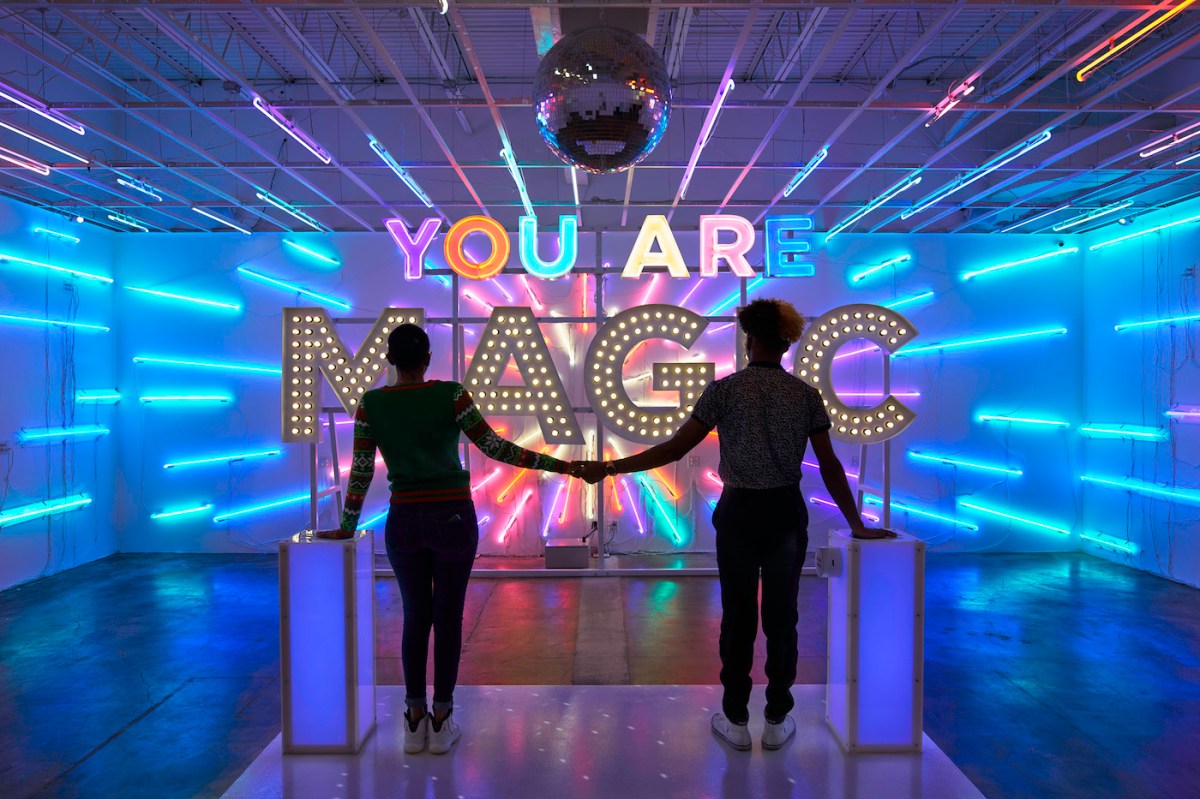
Advocates from the Riders Alliance on Thursday launched a weekly contest to determine which New Yorker has the absolute worst subway commute — from delays to service outages or mid-trip train breakdowns.
The group will be taking submissions on its site and through social media via @RidersNY until Gov. Andrew Cuomo, who controls the MTA, provides funding and a plan for long-term subway fixes in the state budget, the group says.
“The subways are slower on average than they were in 1950; something’s got to give,” Danny Pearlstein, the policy and communications director at Riders Alliance, said at a news conference in SoHo. “The intent of this competition is to bring to bear the reality of what 5.5 million New Yorkers suffer on the subways every single day to the powers that be in Albany — from the executive chamber on the second floor of the capitol, to the members of the state senate and the state assembly, that they fix the subway once and for all.”
The group launches its contest in the middle of budget negotiations in Albany, with the hopes that Cuomo and the MTA will be forced to paint a clearer picture as to how the governor and the transit authority plan to modernize and repair the subway system’s ancient infrastructure. The MTA’s frequently failing signal system relies on nearly century-old technology, and its train cars break down more often.
Those issues have helped contribute to a soaring number of subway delays, which have tripled between 2012 and 2017, and a general worsening of on-time performance. Only 65 percent of subway trains arrive on time, according to MTA data provided by Riders Alliance.
Cuomo appeared to finally embrace the issues over the summer, declaring a “state of emergency” for the transit authority and overseeing a Subway Action Plan that MTA Chairman Joe Lhota had unveiled to improve service.
“Today, 50,000 New York City Transit employees moved nearly 6 million people on the subway and 2.5 million bus riders,” MTA spokesman Jon Weinstein said Thursday in an emailed statement. “They operated trains, fixed signals and switches, repaired track, navigated the clogged streets of New York City and helped customers find their way — that’s what we’re focused on.”
The governor has also thrown support behind the idea of congestion pricing, which could raise upward of $1.5 billion annually for MTA fixes. A panel Cuomo had commissioned released what was considered a serious and thorough congestion pricing proposal in January.
But that proposal would require state lawmakers to support legislation, and it remains unclear where they stand on the idea as negotiations continue. The Subway Action Plan’s first phase, an $800 million plan to address short-term fixes, is only partially funded. The MTA and the governor are asking the city to pay half. Lhota’s second, long-term part of the plan could cost $8 billion and take many years to implement.
“We welcome advocates, the legislature and the city to this effort to ensure the MTA gets the funding it needs to deliver reliable service for riders,” Peter Ajemian, spokesman for Cuomo, said.
But Pearlstein criticized Cuomo’s office for trying to pass some responsibility of the subways to the city. He noted that the governor’s proposed budget reworks funding structures of the MTA in a way that would shift the burden of financing the authority’s capital work to Mayor Bill de Blasio.
“City Hall doesn’t control the subway. The governor controls the subway through the way the state has created the MTA,” Pearlstein said. Cuomo “has yet to put in place a long-term fix and (a way) to fund that fix.”
A Quinnipiac University Poll published Thursday found that state voters were still not sold on congestion pricing — 49 percent polled opposed the idea, while 43 percent support it. But, among New York City voters polled, there was a growing sense of dissatisfaction with how the governor is running the MTA, with 62 percent of city voters saying they disapproved of his leadership of the authority.
Rebecca Bailin, a campaign manager at Riders Alliance, said that the poll was proof that more New Yorkers are holding the governor accountable for the subways. She believes that the contest will help more state lawmakers sympathize with city commutes.
“It’s a real struggle. And so we said, ‘Why not make a contest out of it. Why not show Governor Cuomo how truly bad it is?’ ” Bailin said. “And why not spread awareness to regular New Yorkers through this contest that it is Governor Cuomo’s MTA, and that he and our legislators in Albany need to fix this immediately?”






































